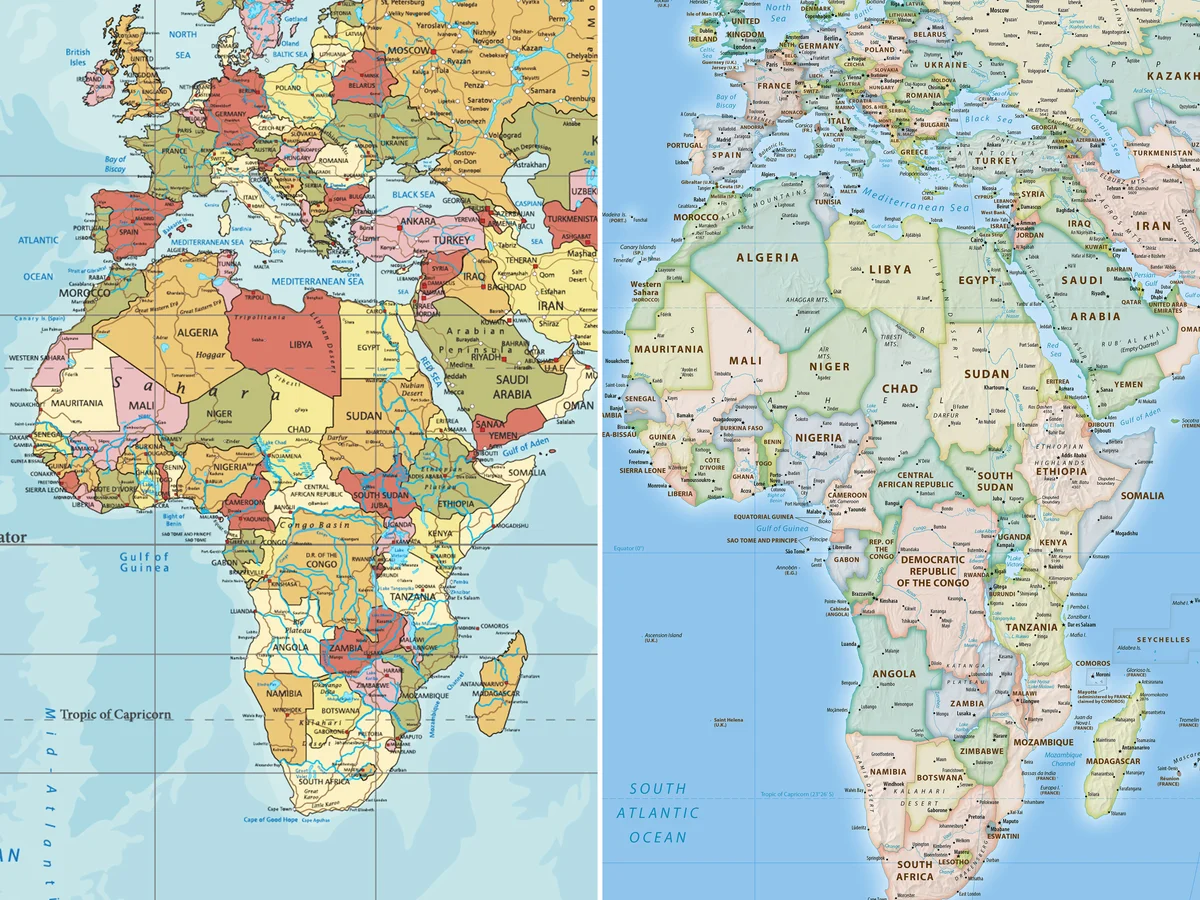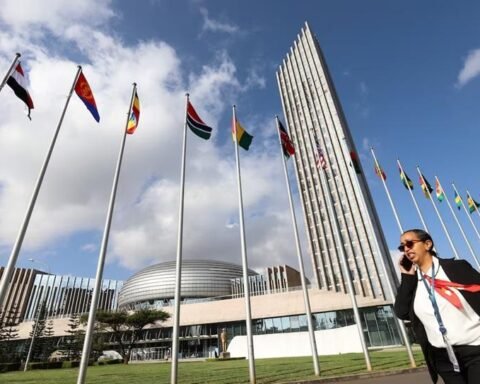The African Union (AU) has endorsed a global campaign to replace the centuries-old Mercator world map with one that more accurately reflects the true size of Africa.
The move highlights growing concerns that distorted maps have shaped perceptions of the continent for generations.
The Mercator projection, developed by Flemish cartographer Gerardus Mercator in 1569 for maritime navigation, is known for exaggerating the size of regions near the poles—such as Greenland and North America—while shrinking the apparent size of Africa and South America. While useful for sailors, the projection has long misrepresented the relative scale of continents, contributing to the false notion that Africa is “small” or marginal on the global stage.
Selma Malika Haddadi, Deputy Chairperson of the AU Commission, emphasized the wider impact of these distortions. “It might seem to be just a map, but in reality, it is not,” Haddadi told reporters. “The Mercator projection fosters the impression that Africa is marginal, despite being the world’s second-largest continent with over a billion people across 55 member states.”
Haddadi explained that misrepresentations in mapping influence education, media narratives, and even policy decisions, subtly shaping how Africa is viewed internationally. “Maps are not neutral,” she said. “They tell a story, and the story of Africa has often been understated because of outdated projections.”
Also Read; Senegal Debates Asset Disclosure Law Amid Controversy
The AU’s backing aligns with the Equal Earth projection, a modern cartographic approach designed to reduce size distortion while maintaining the familiar shape of countries. Advocates argue that adopting more accurate maps in schools, government materials, and international publications can reshape perceptions and ensure Africa’s geographic and economic significance is properly recognized.
Global organizations, including educational institutions and international bodies, are being urged to transition from the Mercator map to more accurate alternatives. Some countries have already started updating maps used in classrooms and public communications to reflect the continent’s true scale.
Experts say that while changing maps may seem symbolic, it is part of a broader effort to challenge long-standing biases and promote a fairer representation of the world. “Visuals are powerful,” Haddadi noted. “How we see the world affects how we value it.”
The AU’s endorsement marks a significant step toward correcting historical misrepresentations and reinforcing Africa’s role on the global stage. As the continent celebrates its rich history and growing influence, the campaign seeks to ensure its geographic presence is accurately portrayed.







